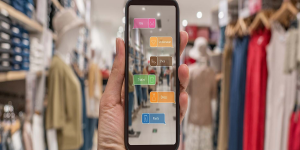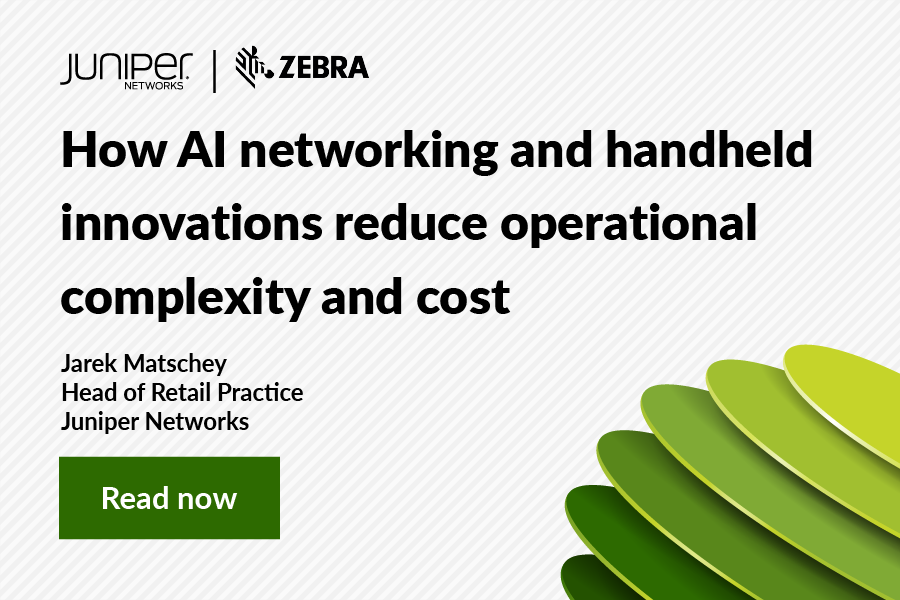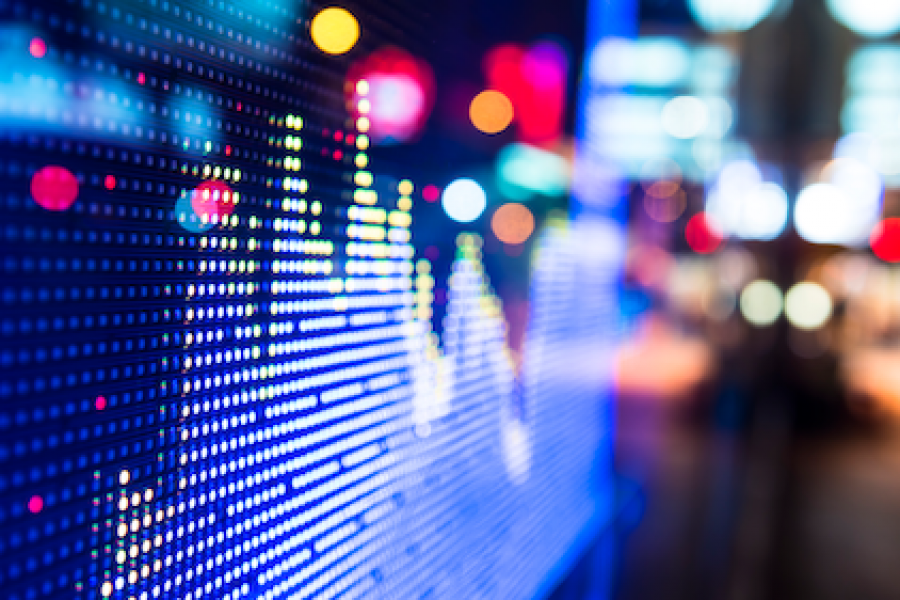 The pandemic has accelerated technology and transformed the way we browse, shop and purchase goods in-store and online. Physical stores were already on the decline and that only worsened when multiple governments announced lockdowns. As restrictions were lifted and shops reopened, the retail industry was forced into digital transformation with digital signage, such as LCD, LED and projection signs that display digital content like images, videos and information, playing a huge role in this transition as well as today.
The pandemic has accelerated technology and transformed the way we browse, shop and purchase goods in-store and online. Physical stores were already on the decline and that only worsened when multiple governments announced lockdowns. As restrictions were lifted and shops reopened, the retail industry was forced into digital transformation with digital signage, such as LCD, LED and projection signs that display digital content like images, videos and information, playing a huge role in this transition as well as today.
From the outside, the advancing digitization of retail is not always visible to the end customer, such as the automation technologies present in customer service operations and experiences. Automated stores use technology to change the checkout experience. For example, instead of queuing and paying for their items manually, customers can just walk out with their purchases and be automatically charged for what they take. With all this great technology, personal exchange remains indispensable showing the undeniable importance of a personal conversation.
Self-checkout has also changed the retail ecosystem with different versions of it constantly developing. From point of sale (POS) systems using mobile phones or cameras to a combination of both, it’s exciting to see where this technology is going and how it’s being utilized. For example, UK grocery giant Tesco announced its first public automated store in London and teamed up with Trigo to create a fully autonomous checkout-free space.
These advancements wouldn’t be possible without a reliable, visible and secure network infrastructure. As key enablers of efficient retail operations, in-store POS devices, store and warehouse scanners and interactive real-time customer engagement insights require consistent wireless connectivity, while predictable WAN connectivity is essential for communicating between stores, warehouses and headquarters operations.
Omnichannel Offerings
To continue to provide customers with a secure shopping experience during the pandemic, many retailers started to provide omnichannel offerings. For example, click-and-collect services enabled customers to purchase products online and pick them up in-store free of shipping charges.
Europe’s largest designer outlet, Outletcity Metzingen, applies this new shopping experience across all channels. Using the latest technology emerging from the “Future Retail” sector, Outletcity Metzingen has taken brick-and-mortar retail, online stores and other digital platforms to another level. But how was this achieved?
The foundation of many digital initiatives is excellent infrastructure. For example, the operator of Outletcity Metzingen, Holy AG, recently invested in a new and comprehensive fiber-optic infrastructure as the backbone of its operations, which provides capacity for future standards, such as 5G. In addition, a state-of-the-art Wi-Fi network, powered by Juniper Networks’ Mist AI, is available in all stores, in all open areas, in parking structures and underground parking garages, as well as in restaurants and cafés. Guests, of course, can access “Outletcity Free Wi-Fi”.
The Wi-Fi network also enables the optimum use of relevant tools, such as the “Mobile Check-In” function, which was developed in-house. This function has proven to be especially useful during high-traffic periods, such as Black Friday. The application allows visitors to use their smartphones to virtually check themselves into a queue in front of the stores they want to enter via a QR code, thereby enabling them to use the waiting time to shop for other items or take a coffee break. It helps keep queue formation to a minimum and, in combination with the mandatory use of masks and standard hygiene measures, is an essential part of Outletcity Metzingen’s health and safety process.
Big Data Drives Personalization
Retailers are demanding reliable network connectivity, accurate indoor location services, asset tracking and route optimization to enable the best possible customer experience, whether it’s online, in-store or a combination of both.
These data-driven insights are used to help create a personalized experience as ordinary data rarely provides enough information. To capture all visitor data and divide customers into comparable subgroup segments, retailers are turning to a practice known as clustering. The multidimensional analysis divides the entire customer base into smaller clusters with similar characteristics such as device, frequency of support requests or shopping cart value. This enables retailers to maximize personalization in the customer journey.
This information can be used on-site or online by utilizing AI. On many retail websites, products are already suggested based on previously viewed or purchased items. With AI technology, personalization can be improved even further, enabling landing page text and product descriptions to be updated in real-time based on customer needs. AI can also benefit online store navigation and shorten customer journeys by creating personalized shortcuts.
Network Security
With digital transformation comes an increase in ransomware attacks, which can introduce serious cybersecurity risks for retailers. If an attacker manages to disrupt customer-facing operations during peak business periods, it may have a disastrous impact on a retailer’s business and reputation. For example, at German retailer Mediamarkt, all European outlets were hit by a cyberattack, which partly disabled the computer system, not allowing customers to make returns or pick up new orders.
Unfortunately, retailers will continue to be targets of ransomware attacks going forward. Learning from past incidents is one way to stay ahead of attackers, while another is enabling a strategy for combating ransomware, protecting the network against phishing and making personnel aware of threats. Many ransomware attacks start with a harmless email sent to employees that persuade them to click malicious links or download files. But with Juniper Connected Security, organizations can better safeguard users, applications and infrastructure by extending security to every point of connection, from client to cloud, across the entire network.
For retailers and brands, network security is a huge challenge, but digital transformation is here and retailers need to embrace technology to remain competitive. Industry events, like the EHI Technology Days offer a platform to exchange ideas about current challenges and the latest trends in the retail sector. Additionally, the Juniper EMEA Summit, Driven by Experience, explores how Juniper’s experience-first networking solutions optimize user and operator experiences without compromising security. Attending events such as these can help retailers build an agile infrastructure that’s ready for the future.
Learn more about the EHI Technology Days, sponsored by Juniper Networks, or watch the Juniper EMEA Summit on-demand to learn how to drive meaningful connections with consumers while also shaping the world we live in for the better.
For more information, sign up for our retail newsletter.


